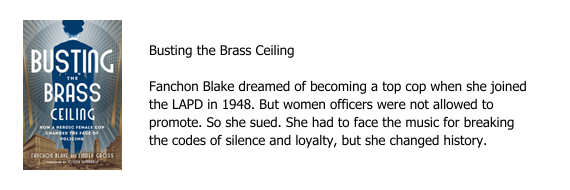If you want your book to look like a DIY project, by all means handle the page design and formatting of your book on your own. But if you want your pages to look professional, you need to hire a book designer. Unfortunately, that’s a step way to many writers who self-publish wind up skipping.
I love to save money as much as the next person. But after all the time and effort you’ve put into writing the best book you can, skimping on how your words are showcased just doesn’t make sense.
Maybe people go that direction because good page design and spot-on formatting aren’t always super obvious, even though the many considerations include ensuring that:
- Each line has the ideal number of characters and words. Too long and you lose your reader. Too short and the eye won’t track correctly.
- Each page has enough lines to make the content easy to follow, but not so many that the page looks too dense.
- The margins aren’t too small or too big. It’s surprising how white space can make a page, and how the lack of it can do the opposite. When a traditional publisher designed Ms. Cahill for Congress, a book I co-authored that remains my favorite, they skimped on the margins. As a result, the pages look downright congested.
- The font enhances the look and readability of a page. Did you know that choosing serif (the fonts with the tiny appendages known serifs, such as Times Roman) or sans serif (the clean, simple fonts like Helvetica and Arial) impacts whether your book is perceived as formal or conversational? Then there’s the fact that there are more than 200,000 fonts, but a lot of those won’t translate properly online. Finally, use too many fonts in your design and the pages will scream AMATEUR!
Formatting gets even more complex when books include graphical features like photographs, illustrations, charts or tables. Subheads, sidebars, pull quotes, captions or long quotes from other sources also need to be pulled together graphically.
Now take all these details and move them to an e-book, where the page design changes depending on how each reader chooses to view the page.
Ironically, when done well you often don’t even notice either the page design or formatting in either a print book or an ebook. But you sure do notice both when they don’t work, in large measure because the page’s readability has been compromised.
Yup. Page design and formatting may be a hidden art, but it’s an art that can make or break your book. For more information and examples of page design that works, check out my Incubation Press website.




















0 Comments